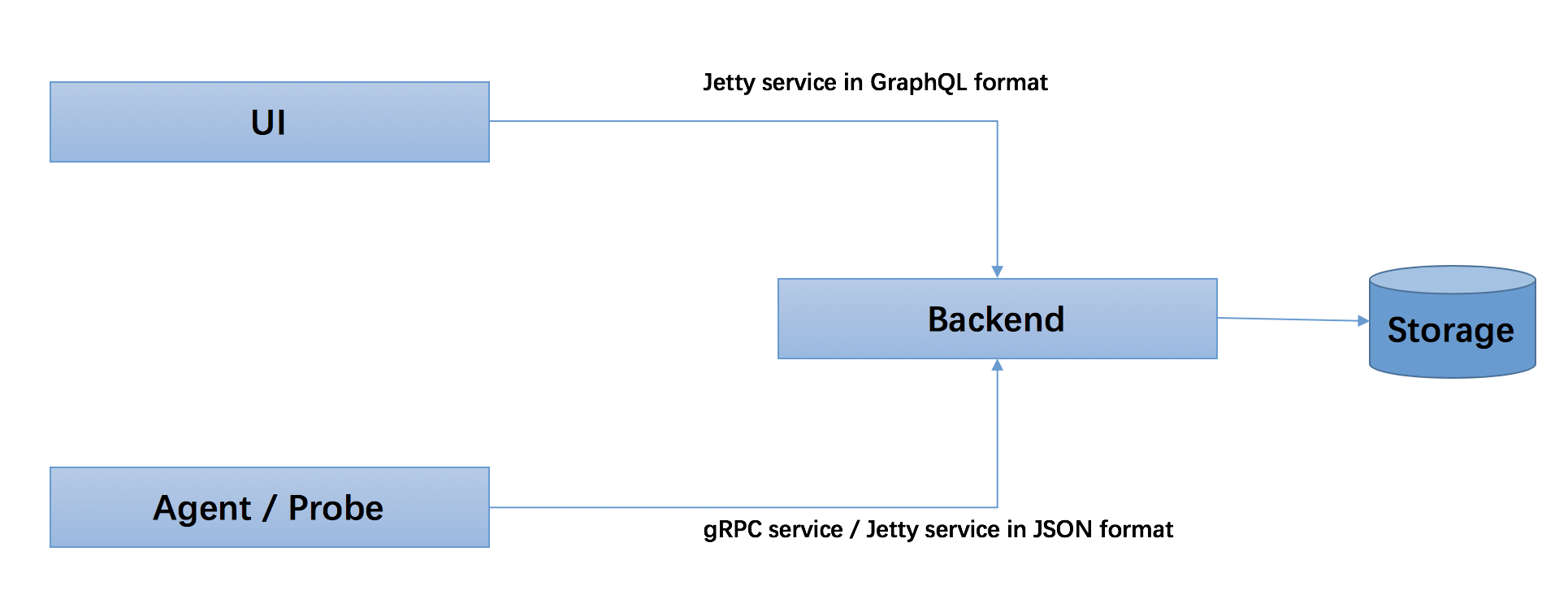SkyWalking backend distribution package includes following parts
- bin/cmd scripts, in
/binfolder. Include startup linux shell and Windows cmd scripts for Backend server and UI startup. - Backend config, in
/configfolder. Include setting files of backend, which areapplication.yml,log4j.xmlandalarm-settings.yml. Most open settings are in these files. - Libraries of backend, in
/oap-libsfolder. All jar files of backend are in it. - Webapp env, in
webappfolder. UI frontend jar file is in here and itswebapp.ymlsetting file.
Requirement: JDK8
Before you do quick start, you should know, quick start is to run skywalking backend and UI for preview or demonstration. In here, performance and long-term running are not our goals.
Want to deploy to product/test env? Go to Backend and UI deployment documents
You can use bin/startup.sh(or cmd) to startup backend and UI in default settings, which include the following
things you need to know.
- Storage, use H2 by default, in order to make sure, don't need further deployment.
- Backend listens
0.0.0.0/11800for gRPC APIs and0.0.0.0/12800for http rest APIs. In Java, .NetCore, Node.js, Istio agents/probe, set the gRPC service address toip/host:11800. (ip/host is where the backend at) - UI listens
8080port and request127.0.0.1/12800to do GraphQL query.
After the quick start, you should want to deploy the backend and UI in the distributed env. Before that, you should know how agent/probe, backend, UI communicate with each other.
- All native agents and probes, either language based or mesh probe, are using gRPC service(
core/default/gRPC*inapplication.yml) to report data to backend. Also, jetty service supported in JSON format. - UI uses GraphQL(HTTP) query to access backend also in Jetty service(
core/default/rest*inapplication.yml).
Now, let's continue with the backend and UI setting documents.
Also, we provide k8s settings for convenience.
